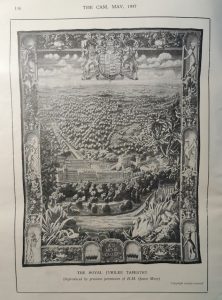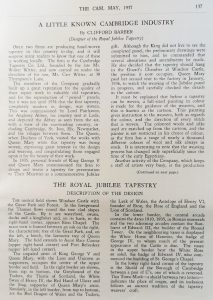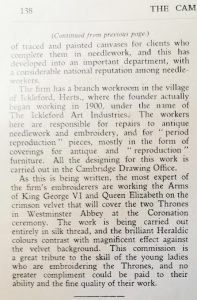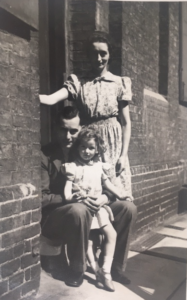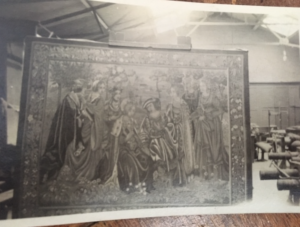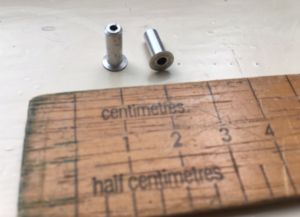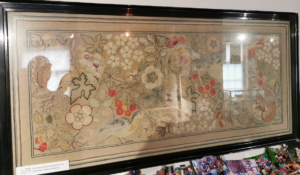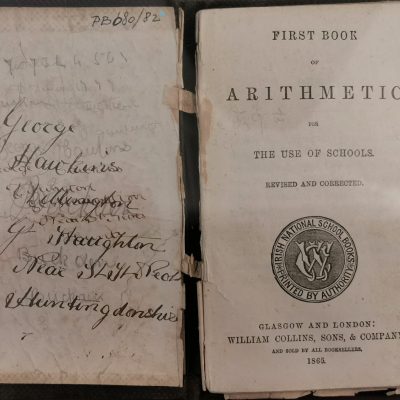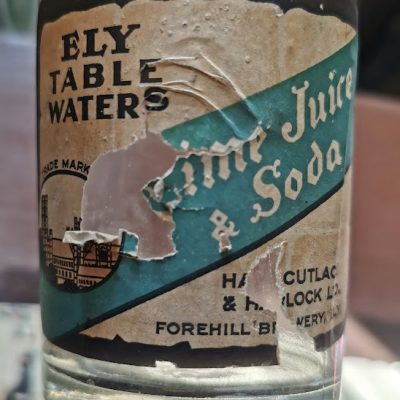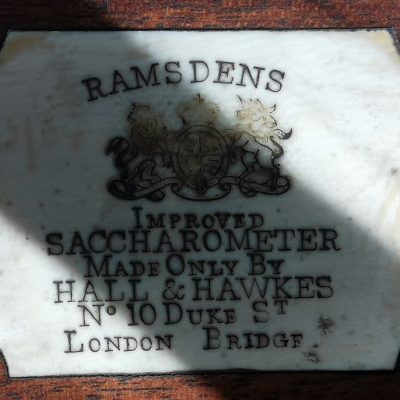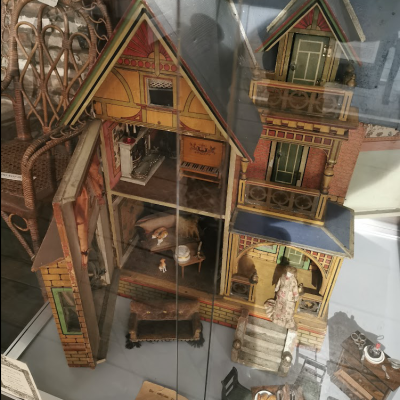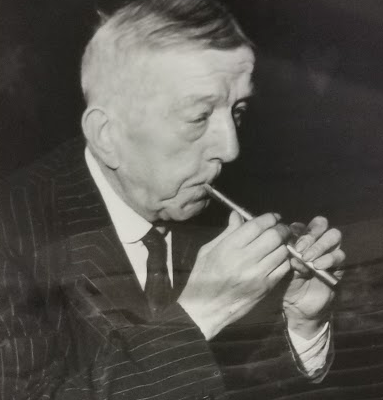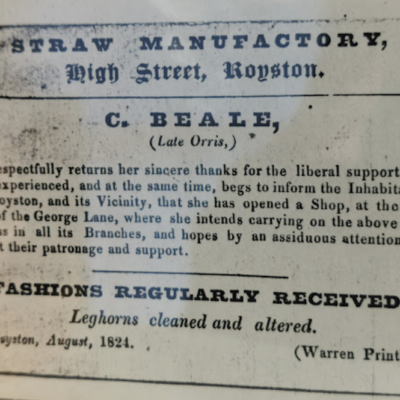Search by topic
- archaeology
- Building of Local Interest
- charity
- church
- crime
- dressmaker
- fire
- Great Eastern Railway
- Listed building
- Mapping Relief
- medieval
- oral history
- poverty
- Public House
- Rattee & Kett
- Religious House
- Roman
- scholar
- school
- Then and Now
- tudor
- women
- work
- world war one
- world war two
Search by text
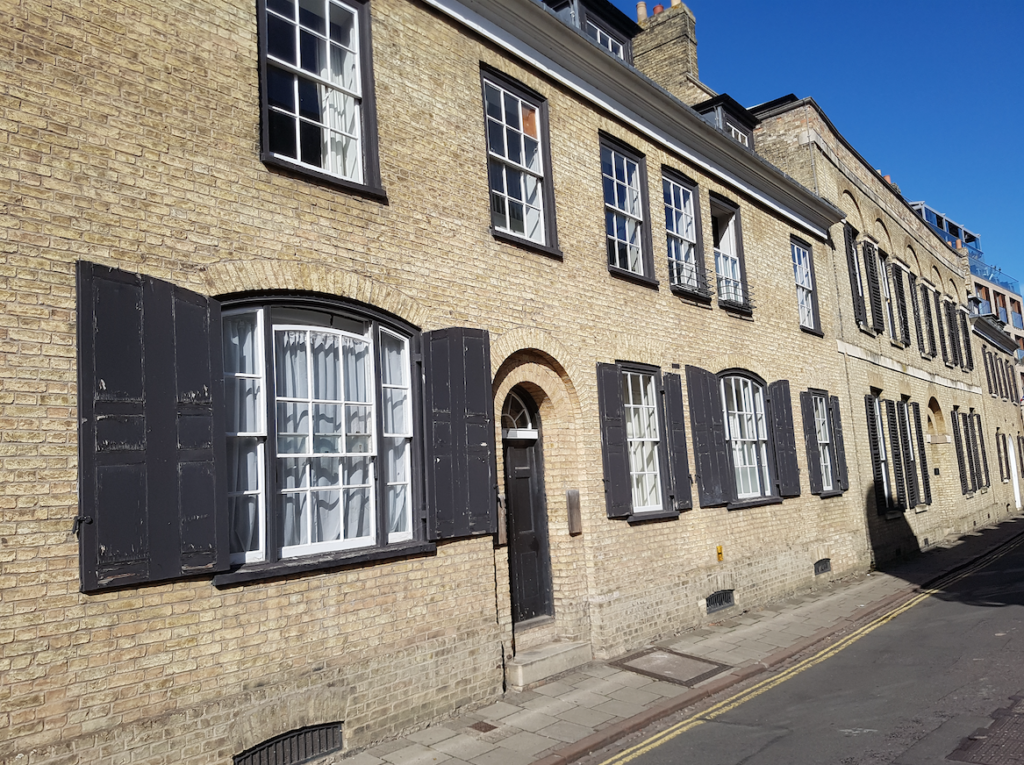 31 Thompson's Lane
31 Thompson's Lane31 Thompson’s Lane, Clerk’s House, Cambridge Tapestry Company
History of 31 Thompson's Lane
1959 Royal Commission on Historical Monuments Survey of Cambridge: on the E it has a continuation of the plinth of no.30, but a straight joint above between the two houses suggests different building phases; general stylistic similarities and the fact that the N half at least of no.31 was originally an annexe of no.30, which it still is, suggest that the lapse between the two phases was short…Inside the cellars have five parallel brick barrel vaults running E to W and a passage on the W.
1841 empty
1851 Joseph Oliver, clerk and traveller
1859 at the time of the auction of the Foster family estate, including the brewery and nos. 30 and 29 Thompson’s Lane, no. 31 was lived in by a Mr Oliver and known as the Clerk’s House.
1881
Sarah Mills née Parkinson, 33, college servant, b Longstanton
Alice E, 3 mos, b Cambridge
Eliza A Clark, 16, servant, b Hilbrow
In 1881 Henry E Mills was staying at St John’s College
Sarah’s sister Mary Parkinson was housemaid to the Beales family who were living at 29 Thompson’s Lane in 1871.
1891
Henry E Mills, 43, college porter, b Sussex
Sarah, 43, b Longstanton
Alice, 10, b Cambridge
Edward P, 8, b Cambridge
Hilda E, 6, b Cambridge
Ellen M, 10 mos, b Cambridge
Clara E Greaves, 20, servant, b Cottenham
1901
Henry E Mills, 53, college porter,
Sara,
Edward P, 18, apprentice,
Hilda, 16,
Ellen M, 10,
1911
Henry Edward Mills, 63, college porter
Sarah
Edward Parkinson Mills, 28, grocers assistant
Ellen Maud Mills, 20,
1913
Henry E Mills, college porter
Edward Parkinson Mills
1931-1960
Arthur and Beryl Baldry and their daughter Janet lived here. This photo was taken around 1942. Janet remembered the cellar of 31 being used as an air raid shelter for people on Thompson’s Lane. In 1944 a bomb landed nearby (3 St Clements Garden) and two people were killed.
1937 The Cam magazine, May 1937: Only two firms are producing hand-woven tapestry in this country to-day, and it will surprise many reader to know that one of these is working locally. The firm is the Cambridge Tapestry Co. Ltd, founded by the late Mr Walter Witter, and now carried on under the direction of his son, Mr Carr Witter, at 30 Thompson’s Lane.
The members of the Company gradually built up a great reputation for the quality of their repair work to valuable old tapestries, and for the production of period panels, but it was not until 1934 that the first tapestry, completely modern in design was woven. This was commissioned by Lord Fairhaven for Anglesey Abbey, his country seat at Lode. ….
In 1935 personal friends of King George V and Queen Mary commissioned the firm to design and weave a tapestry for presentation to Their Majesties as a commemorative Jubilee gift. … the tapestry should hang in the Guard’s Chamber at Windsor Castle. Queen Mary paid her second visit to the factory in January 1936 to watch the weaving of the Jubilee panel in progress and careful check the details in the cartoon.
1939 census:
Arthur B Baldry, b 1902, manager Cambridge Tapestry Company
Beryl E, b 1904
Janet
The Cambridge Tapestry Company had showroom in the main house at no.30; the photo below is of the workshop immediately behind 30-31 Thompson’s Lane.
The Cambridge Tapestry Company web site, says that ‘curiously, in 1943 part of the garage premises at the rear of Thompson’s Lane, Cambridge, with entrance to Quayside, was sublet to the ‘Secretary of State for air’ as part of the war effort.’ Janet Baldry recalls that the workshops were converted during WWII as part of the war effort; the looms were dismantled to make room for machines that made metal rivets.
1962
Magdalene College Hostel
Contribute
Do you have any information about the people or places in this article? If so, then please let us know using the Contact page or by emailing capturingcambridge@
License
This work is licensed under CC BY-NC-SA 4.0





